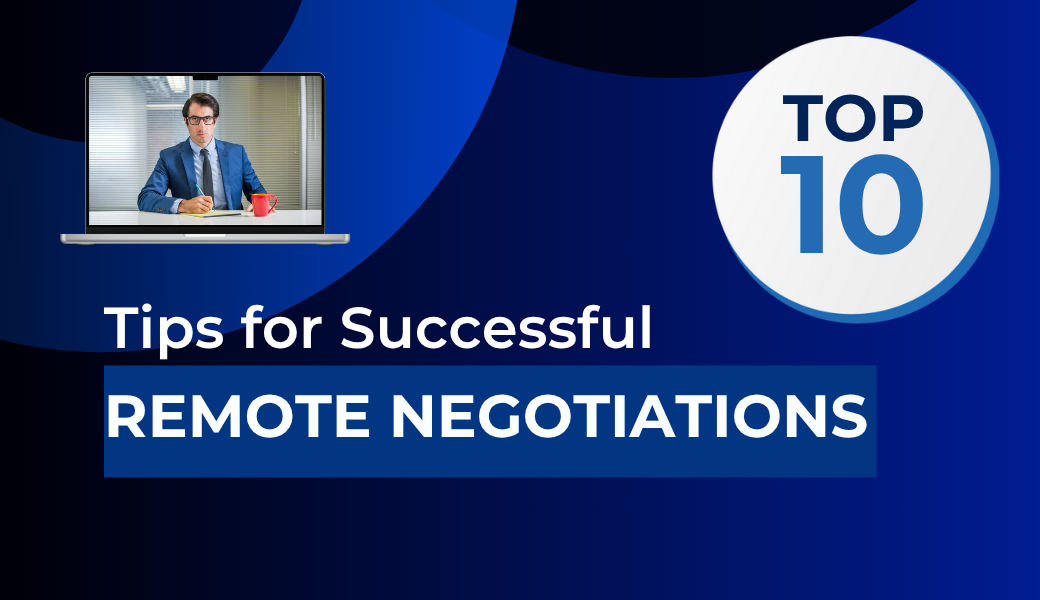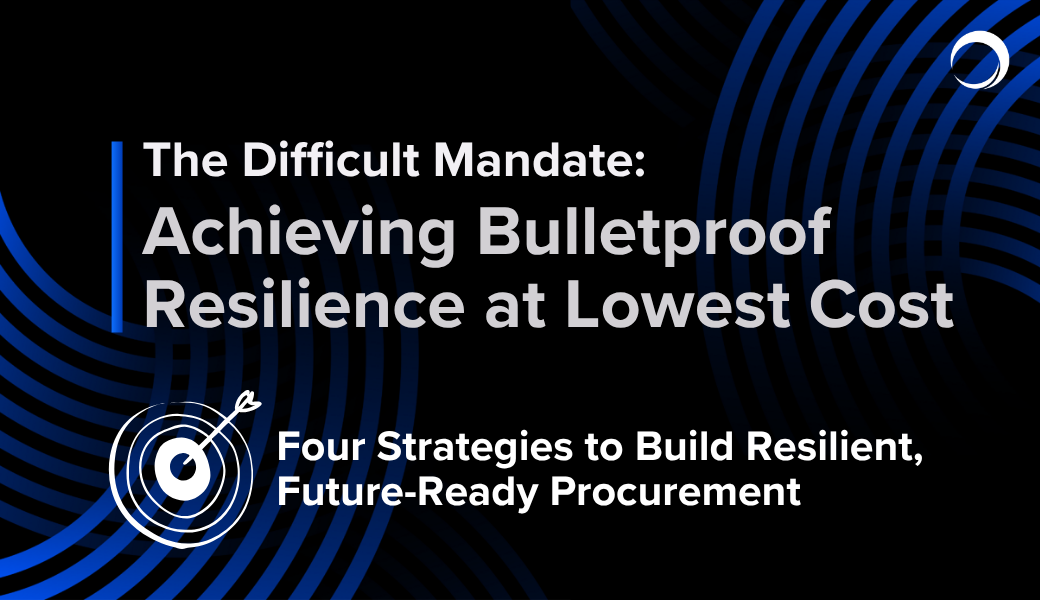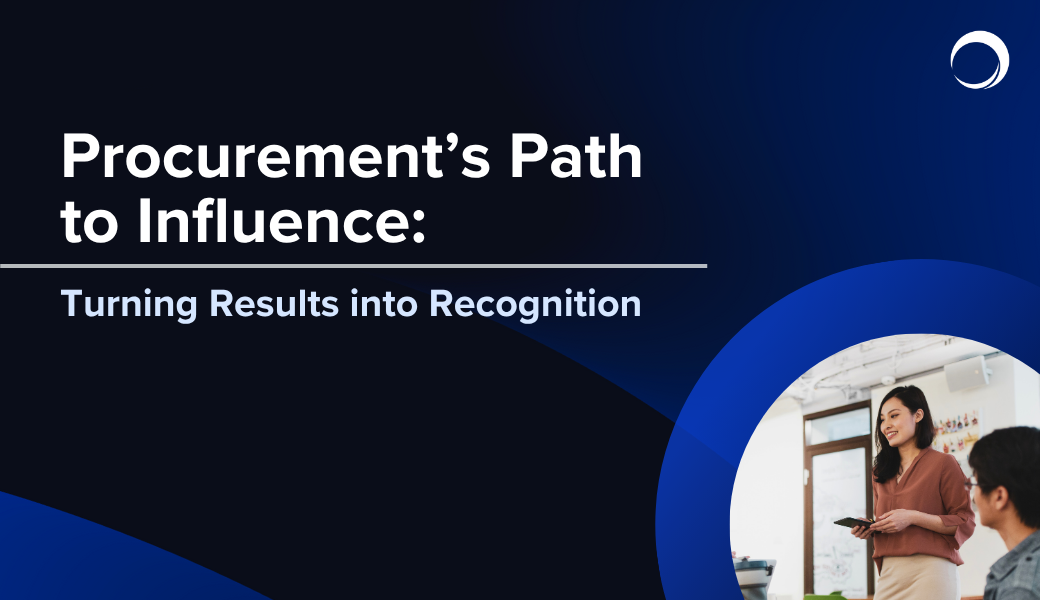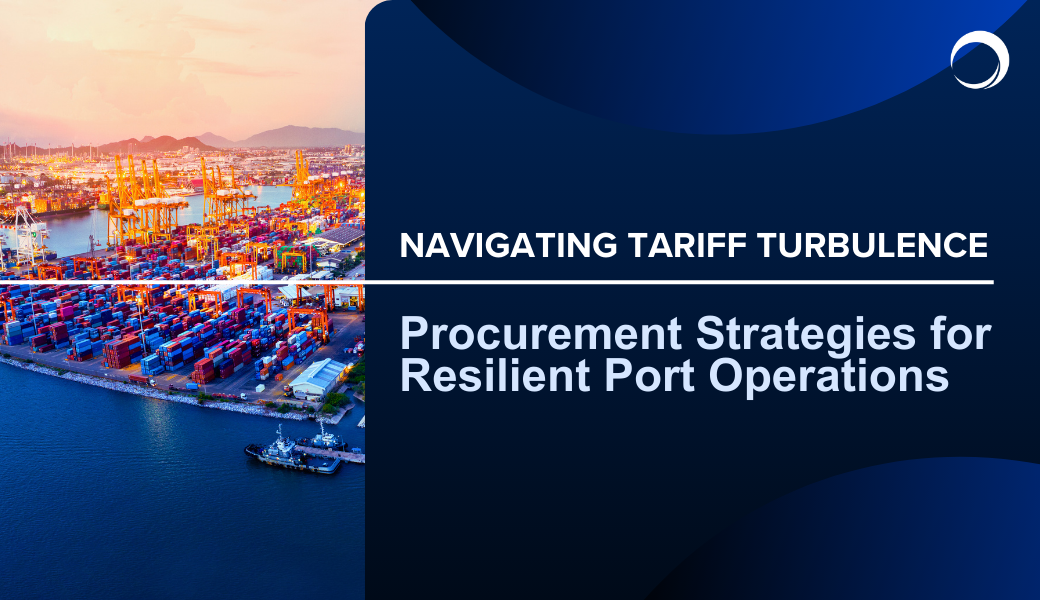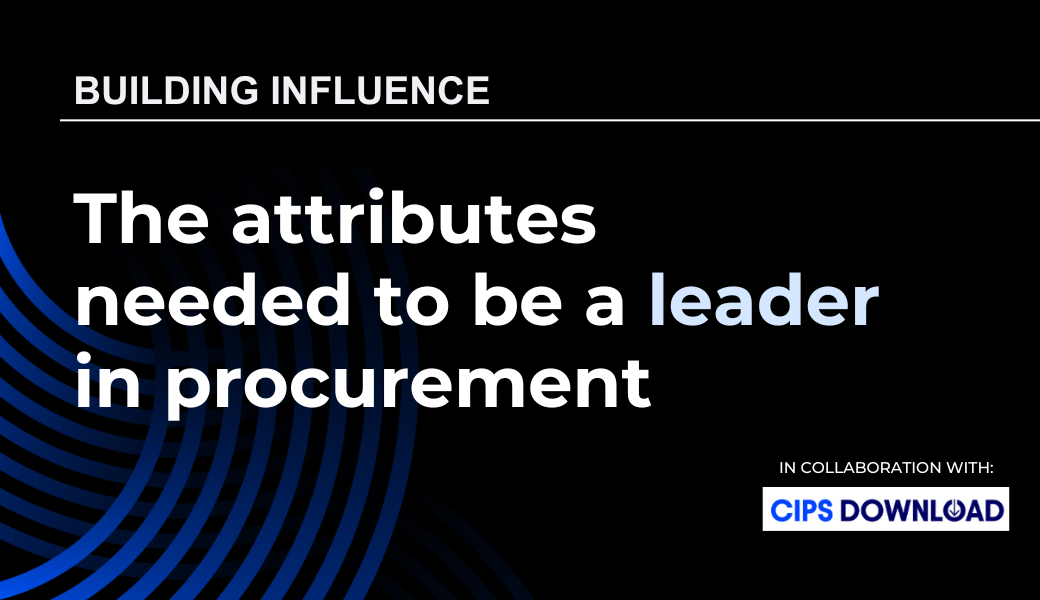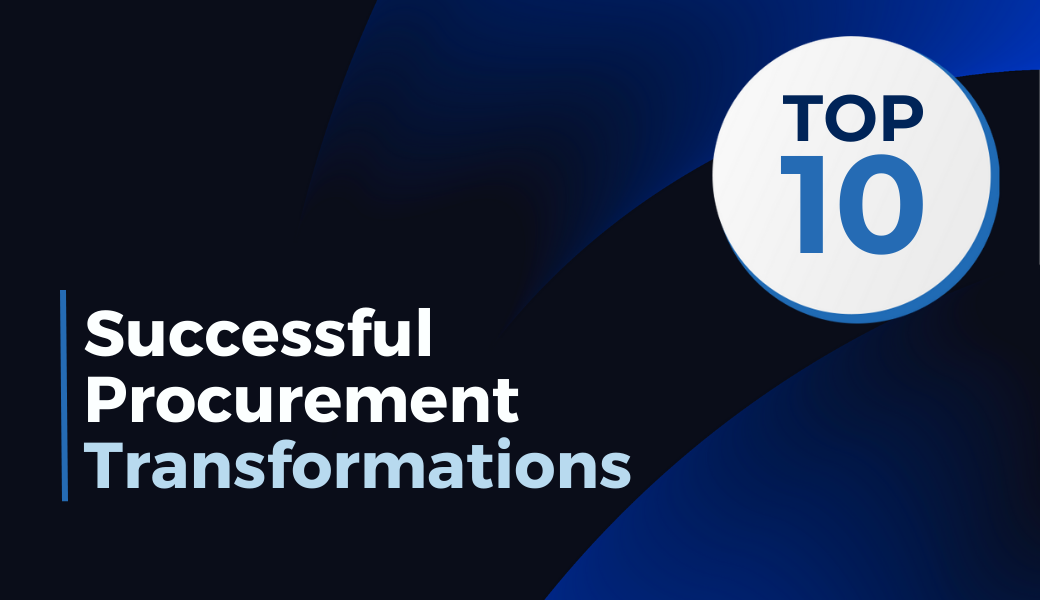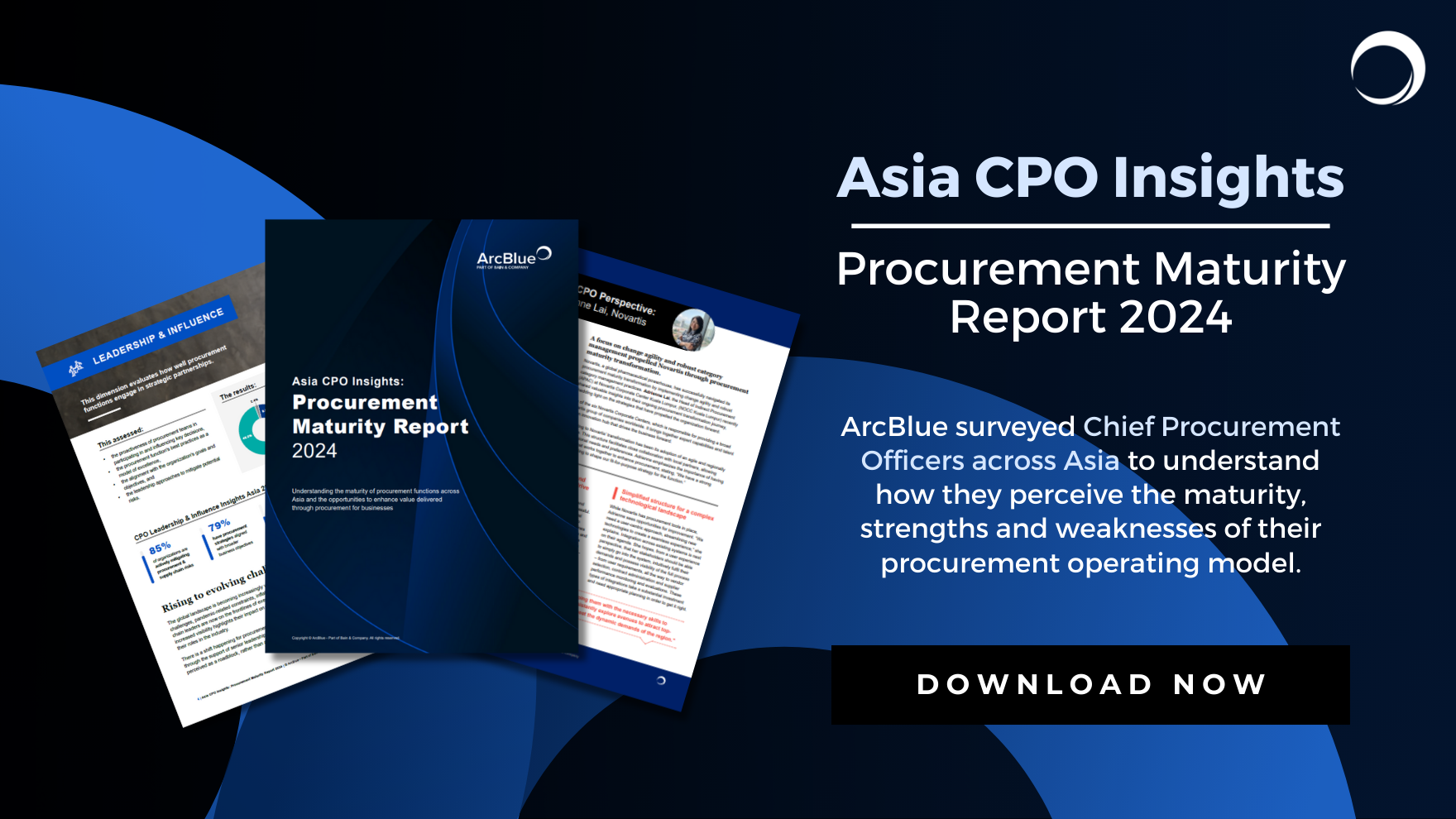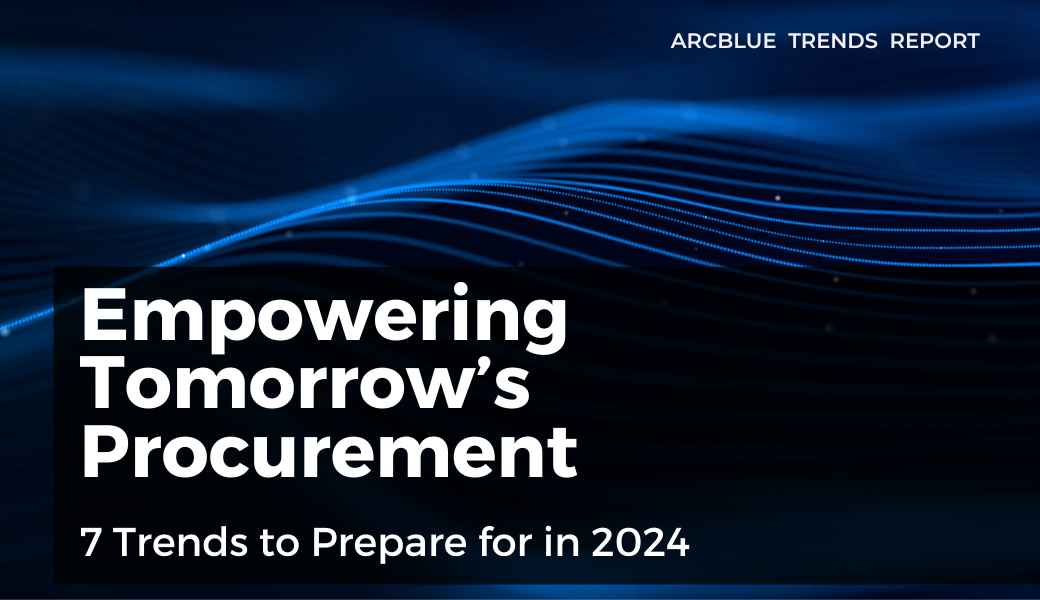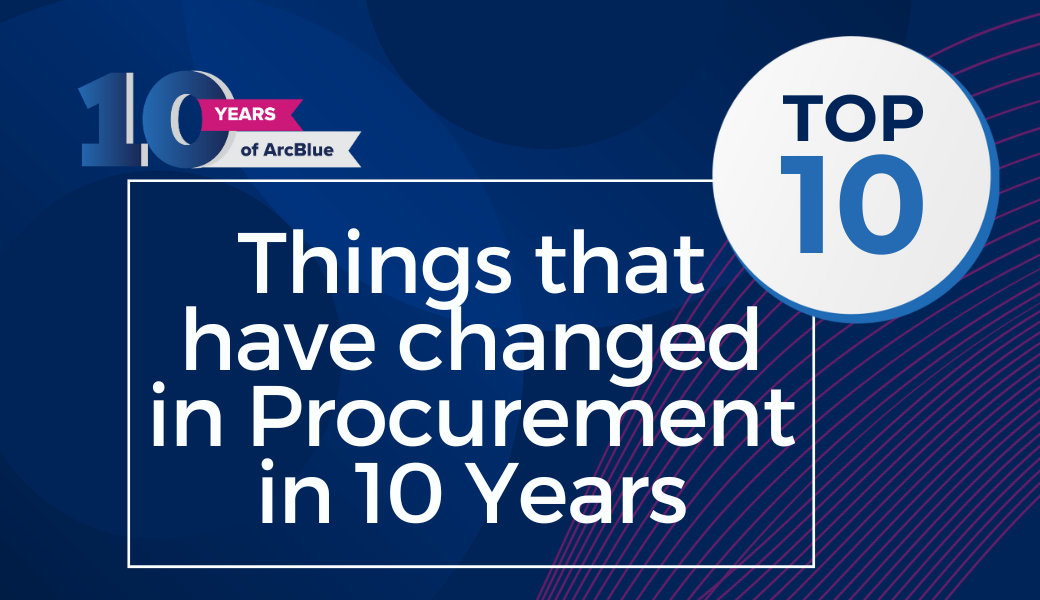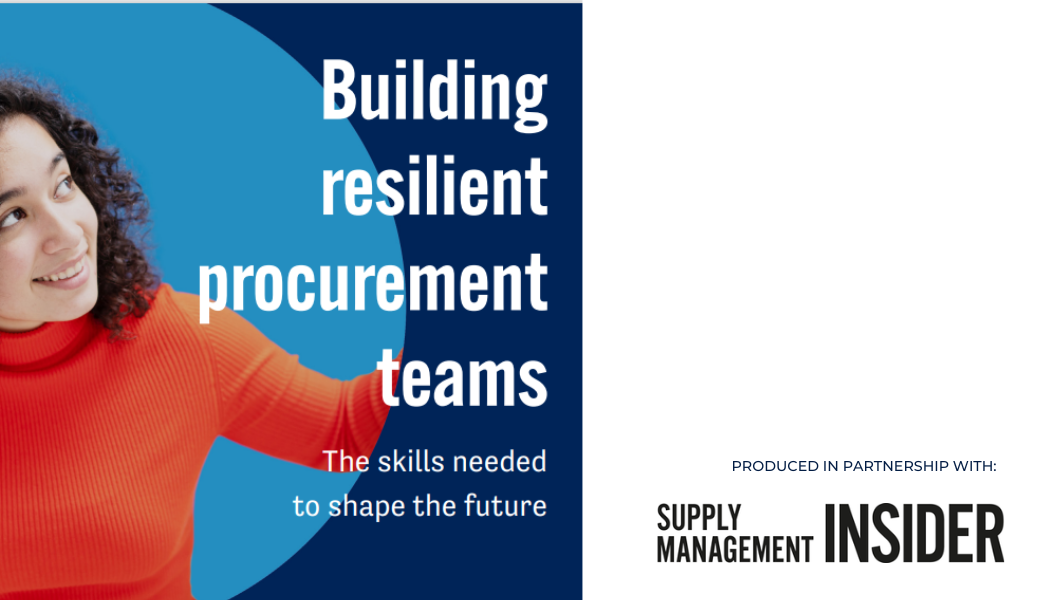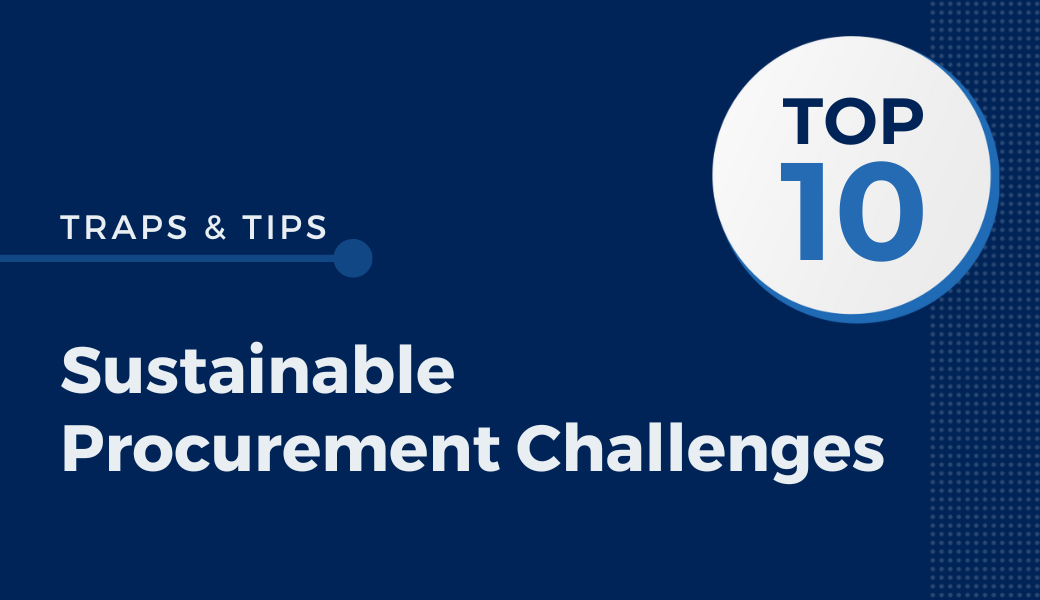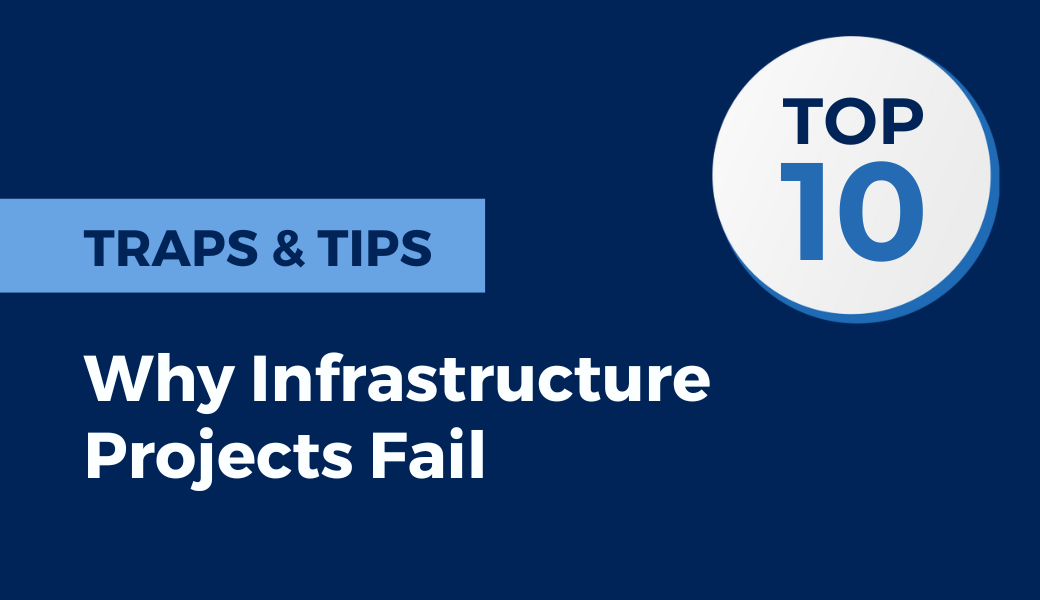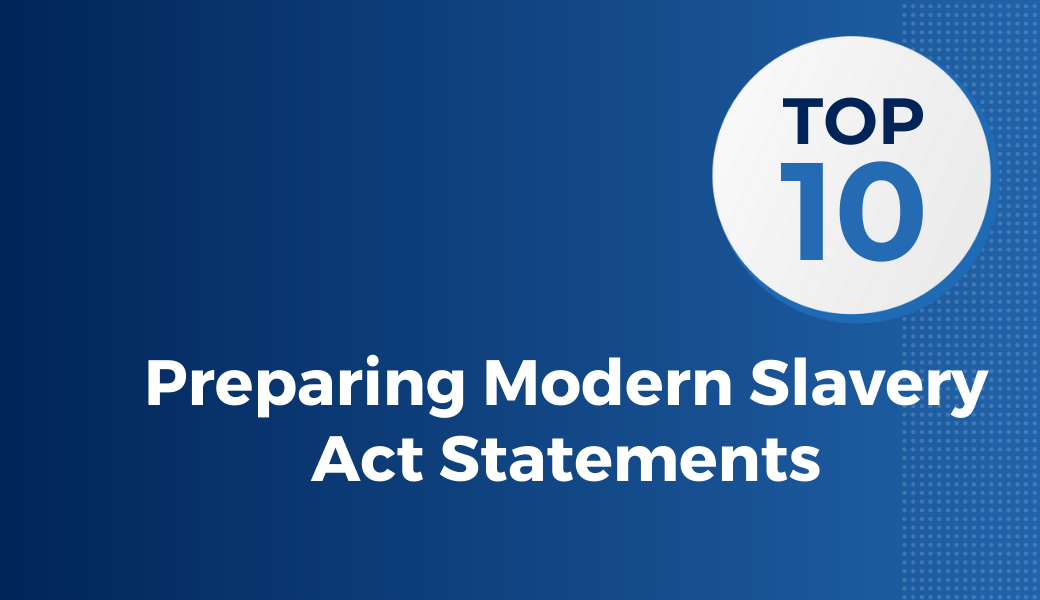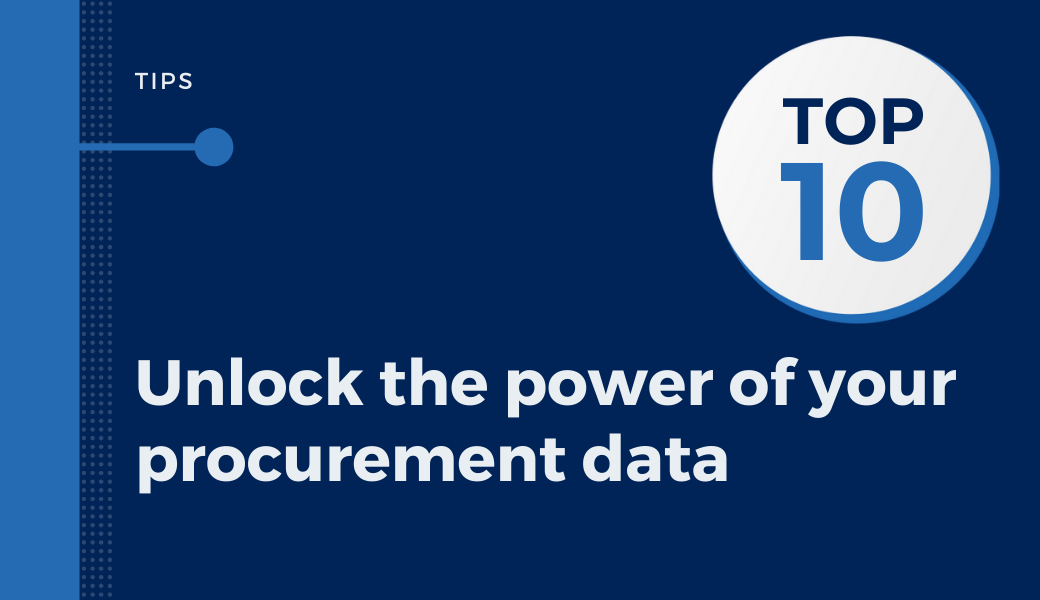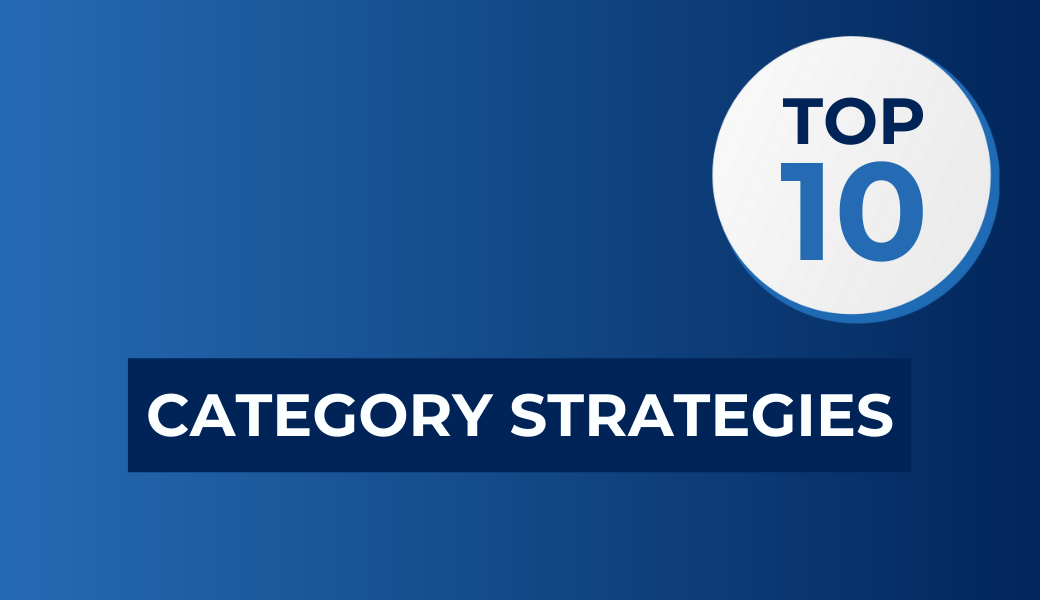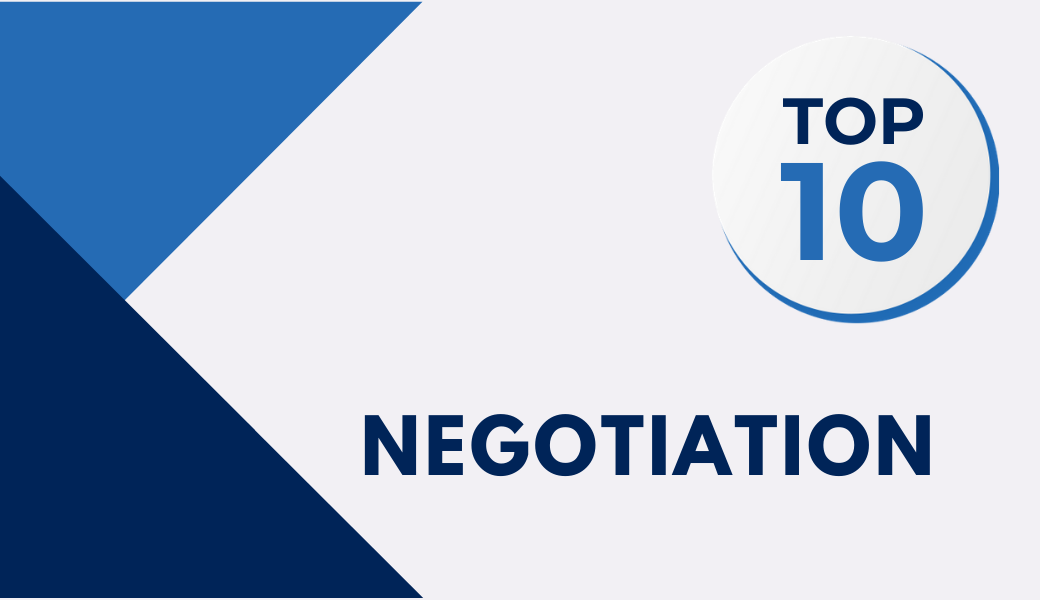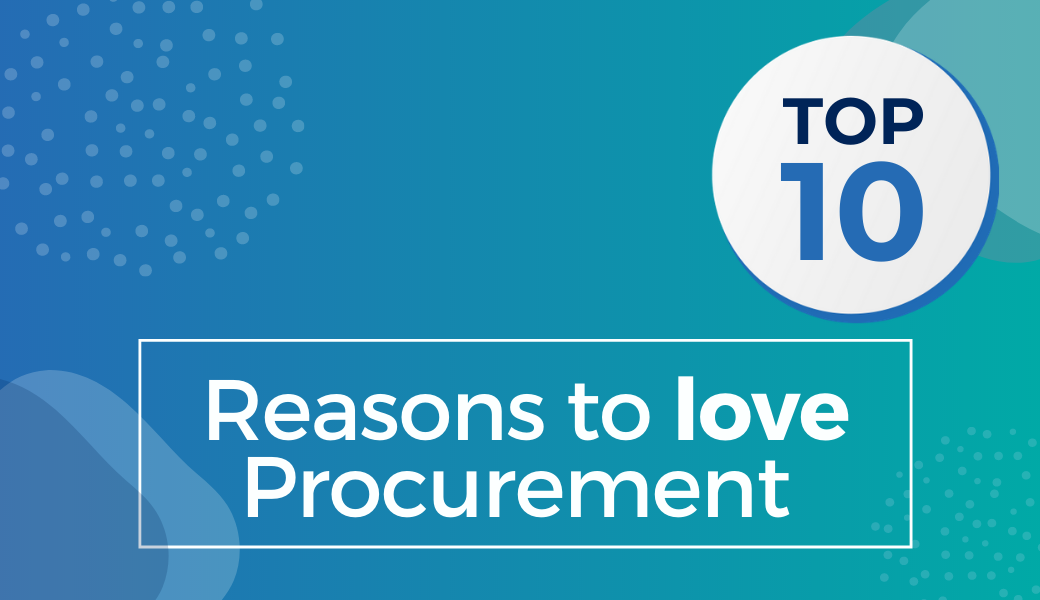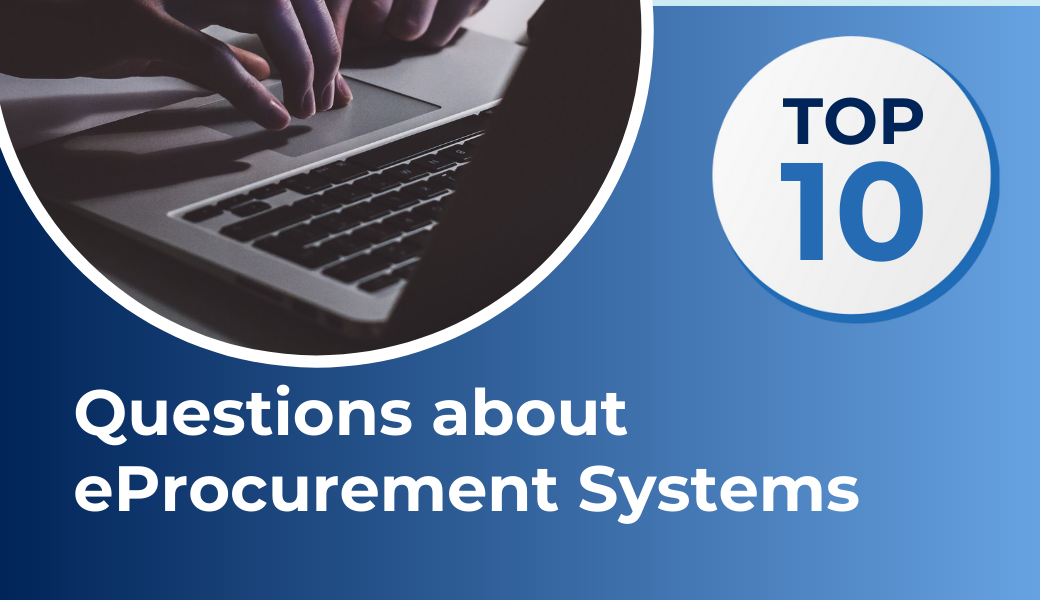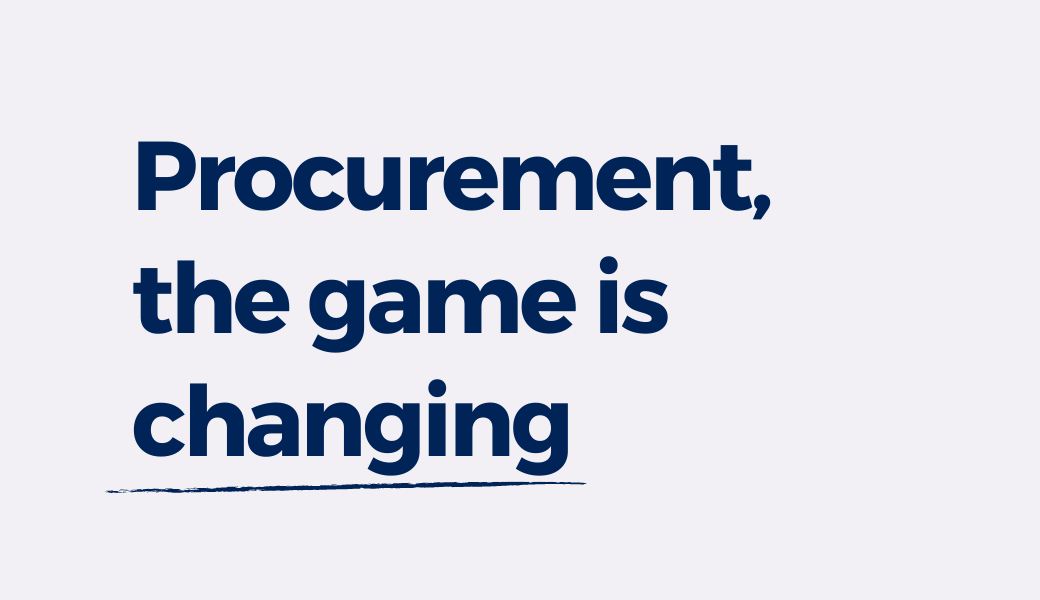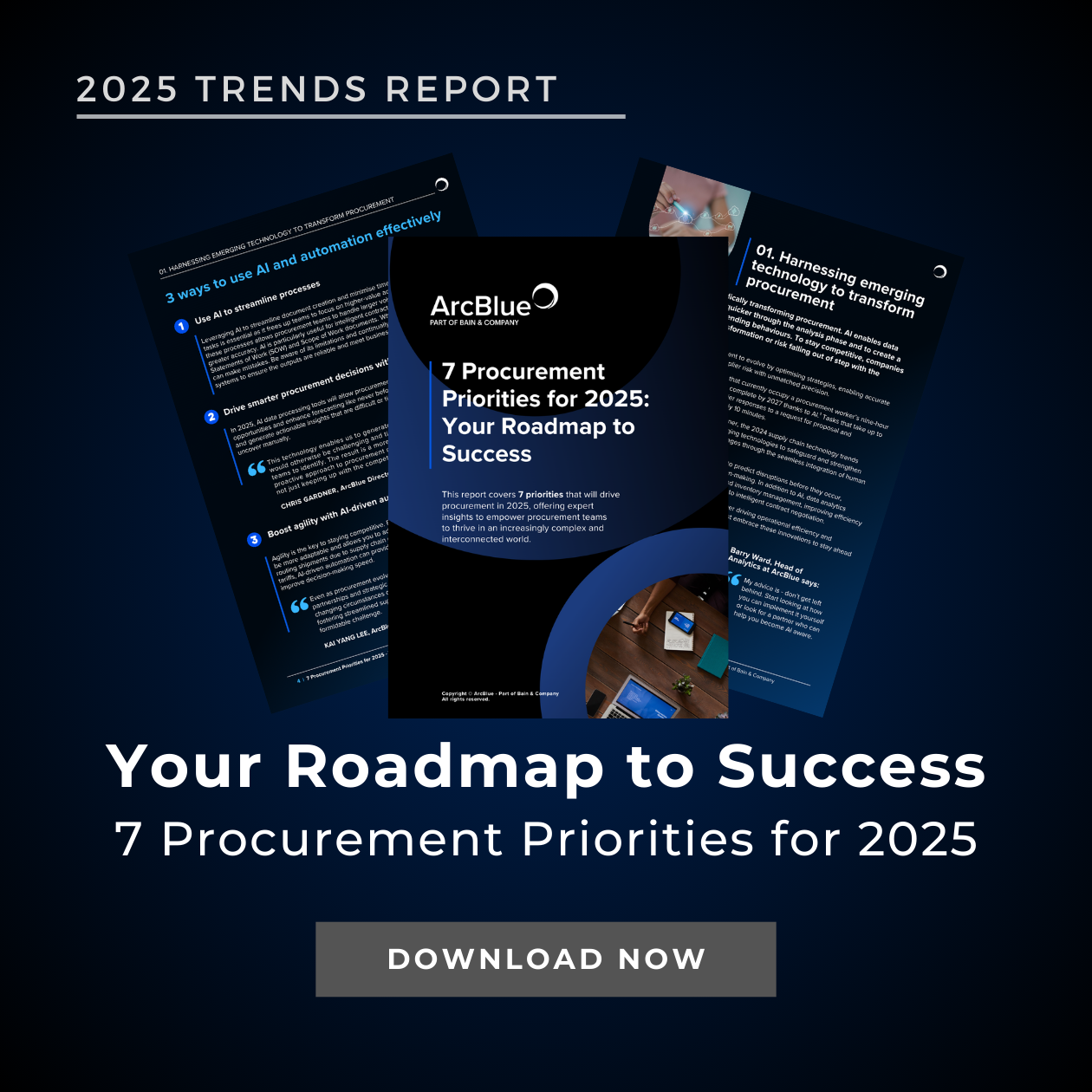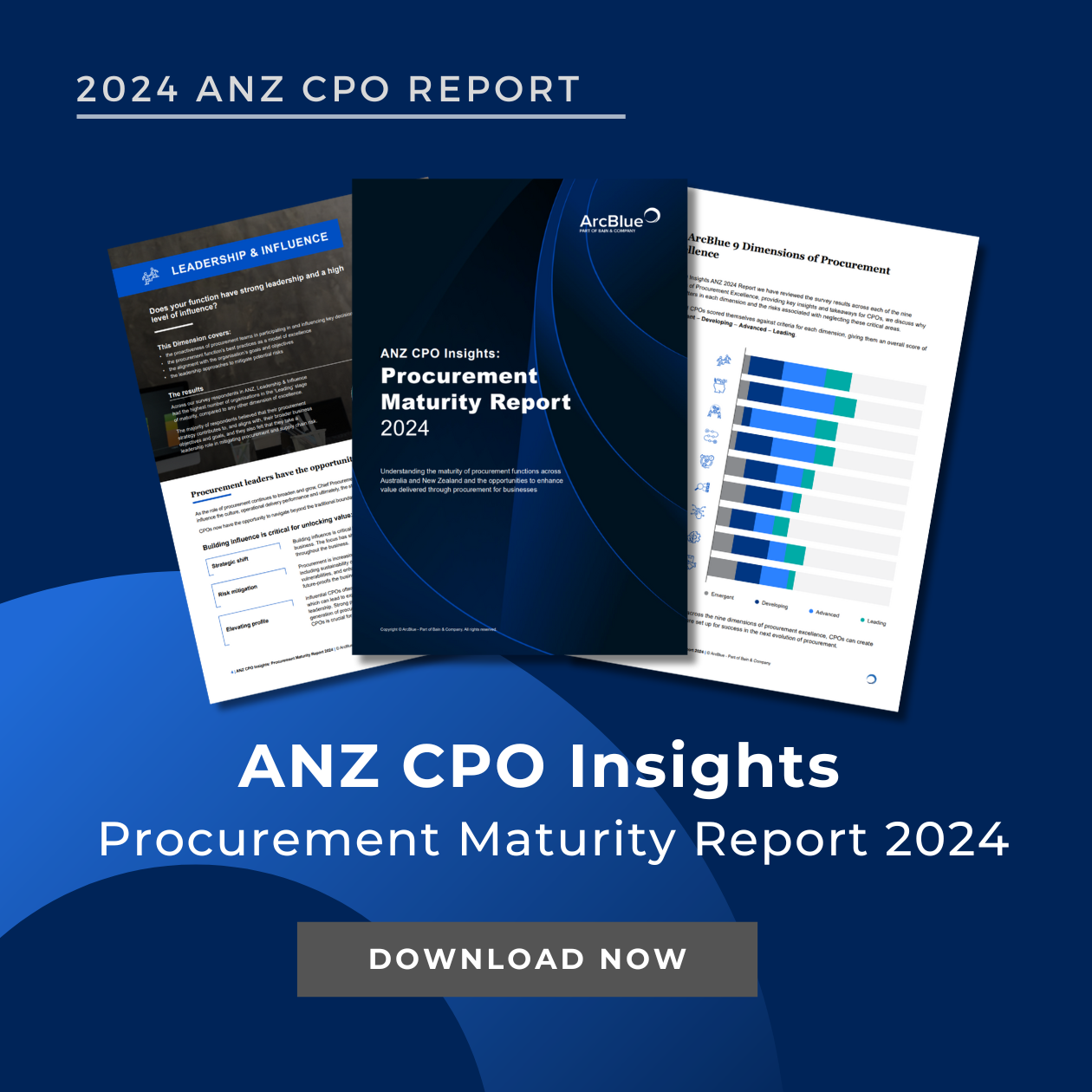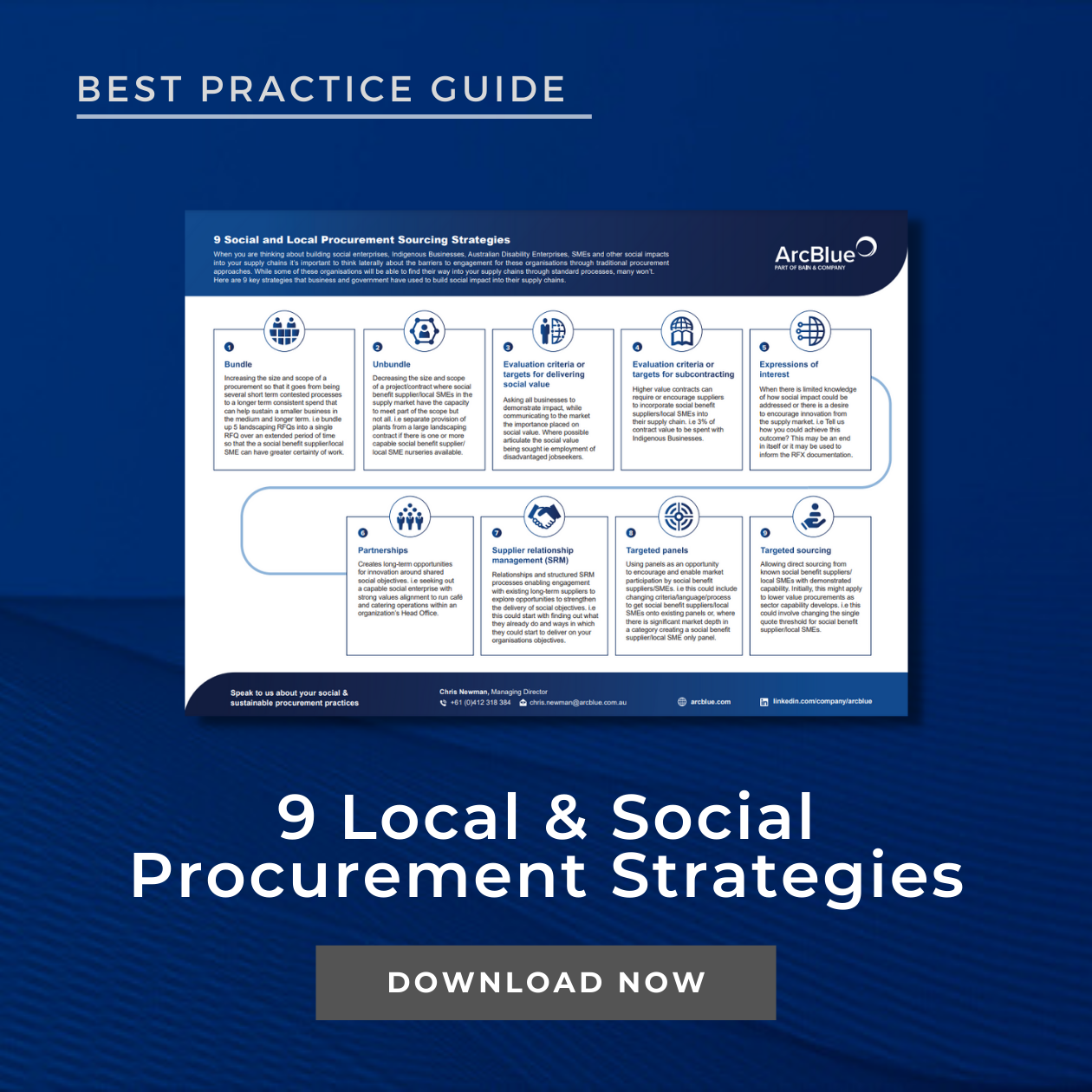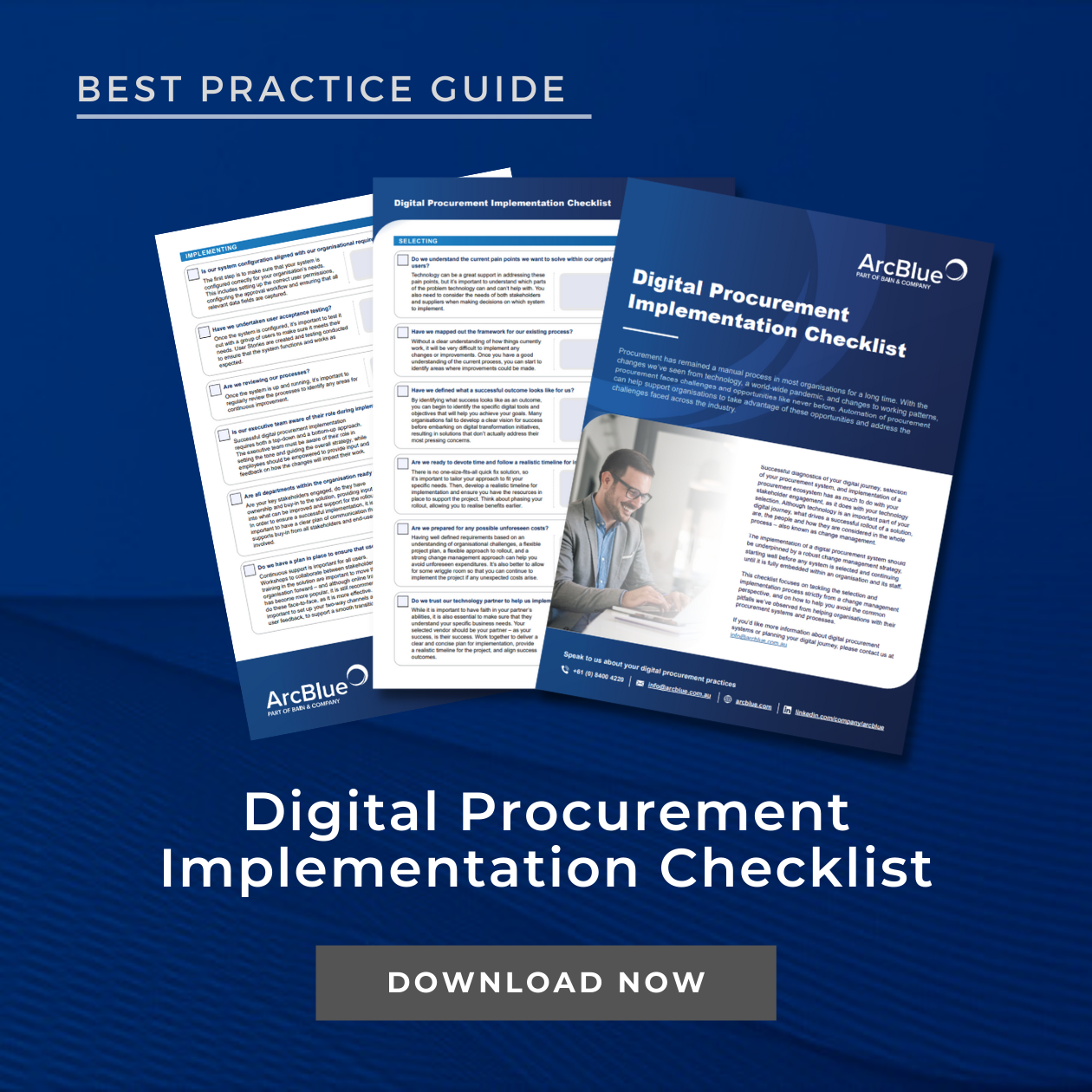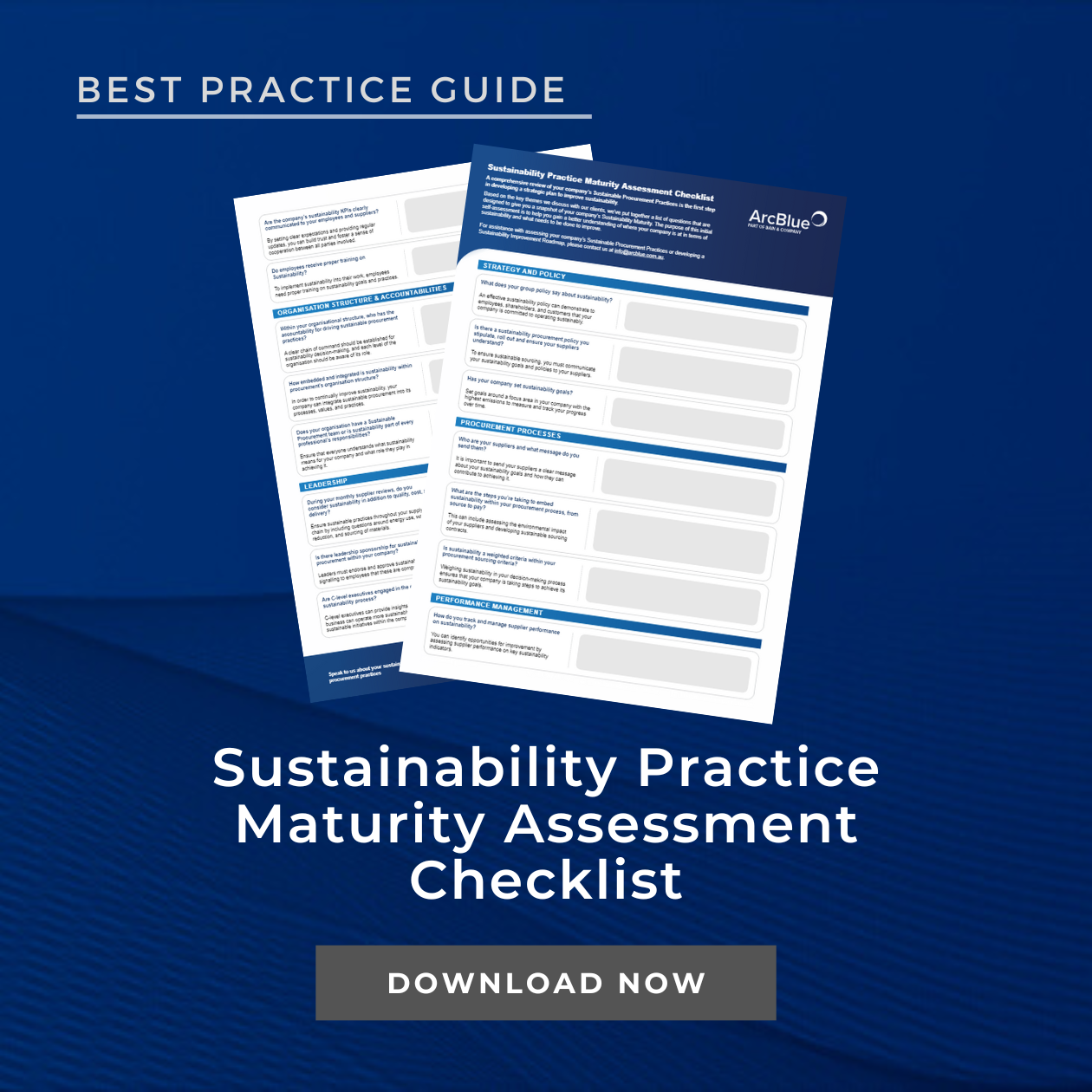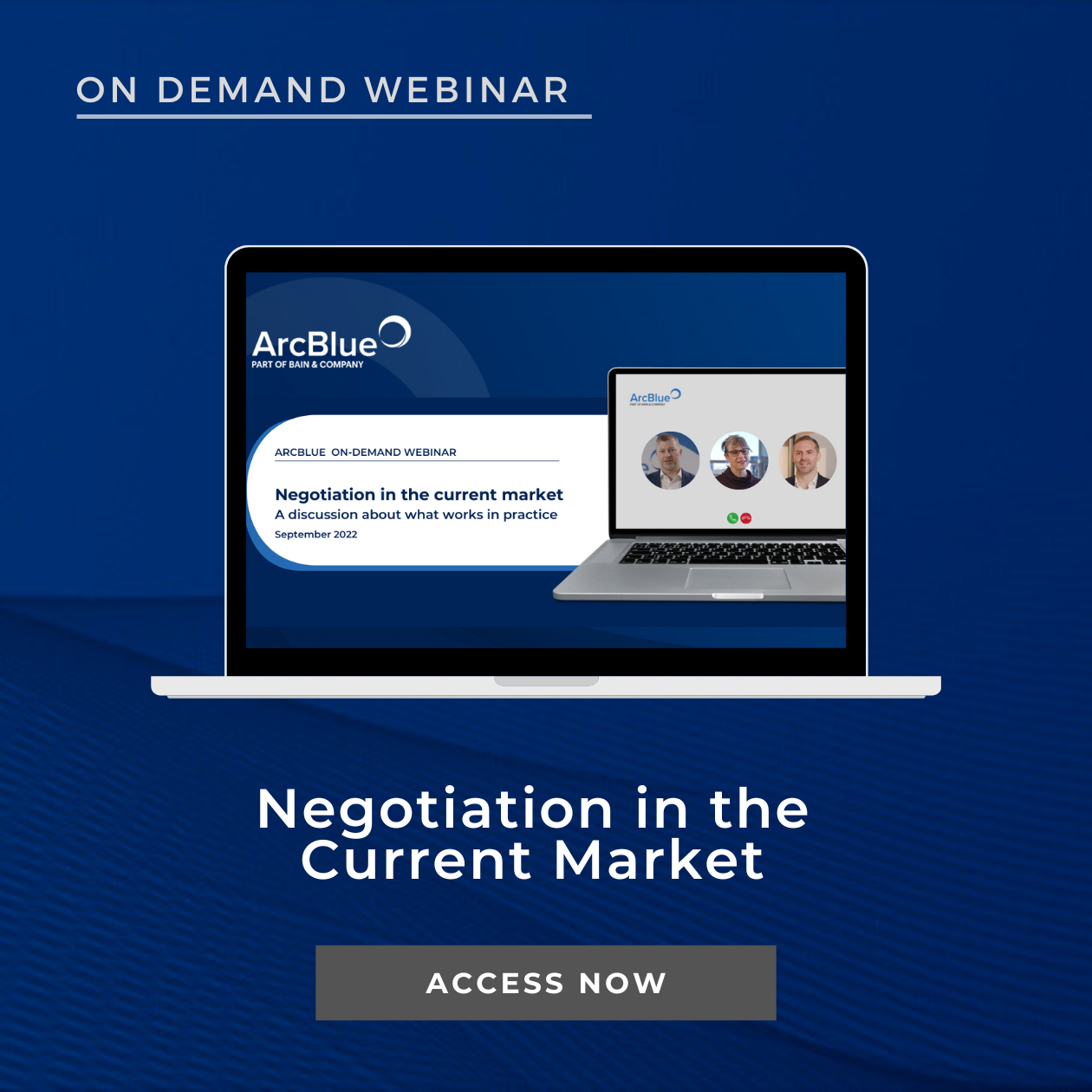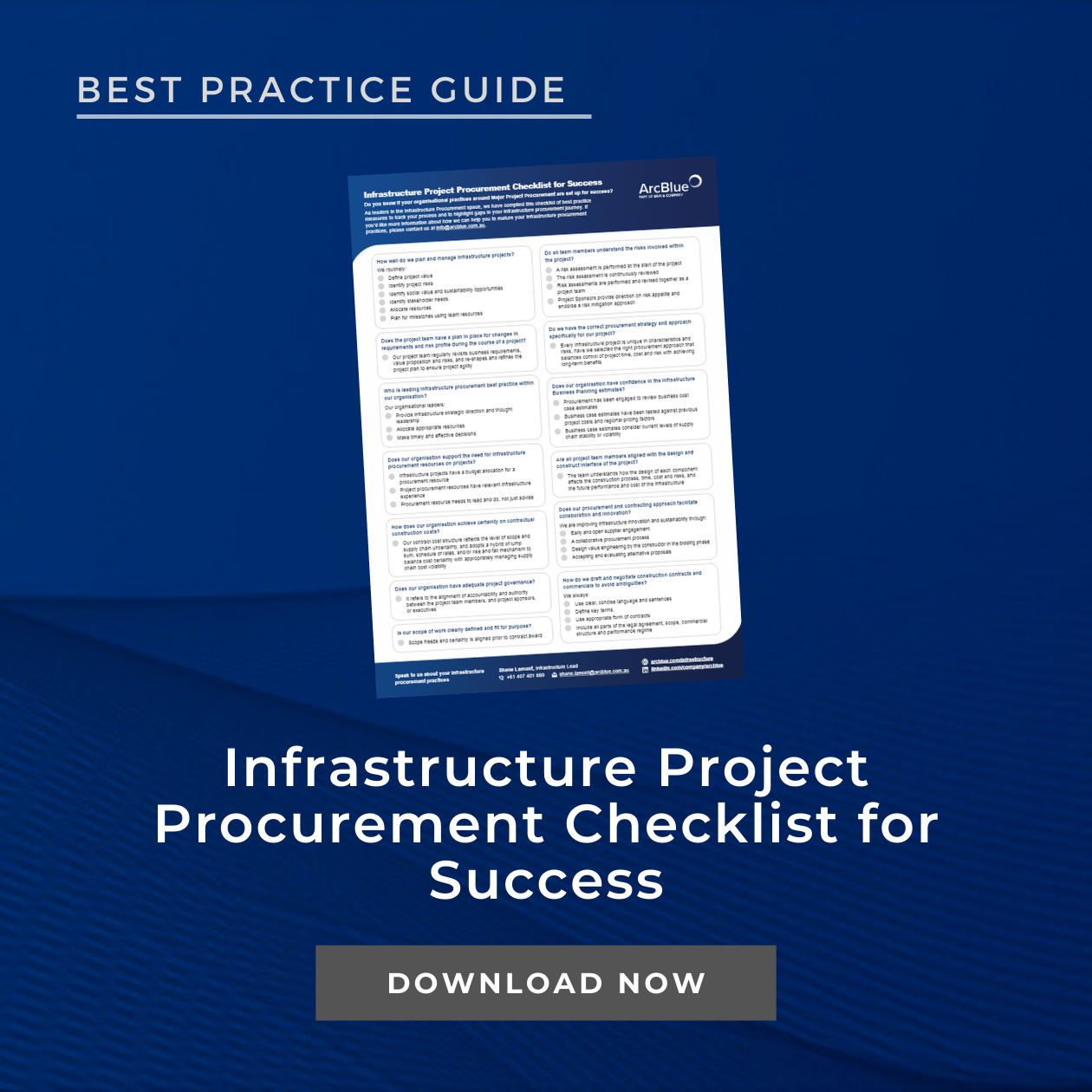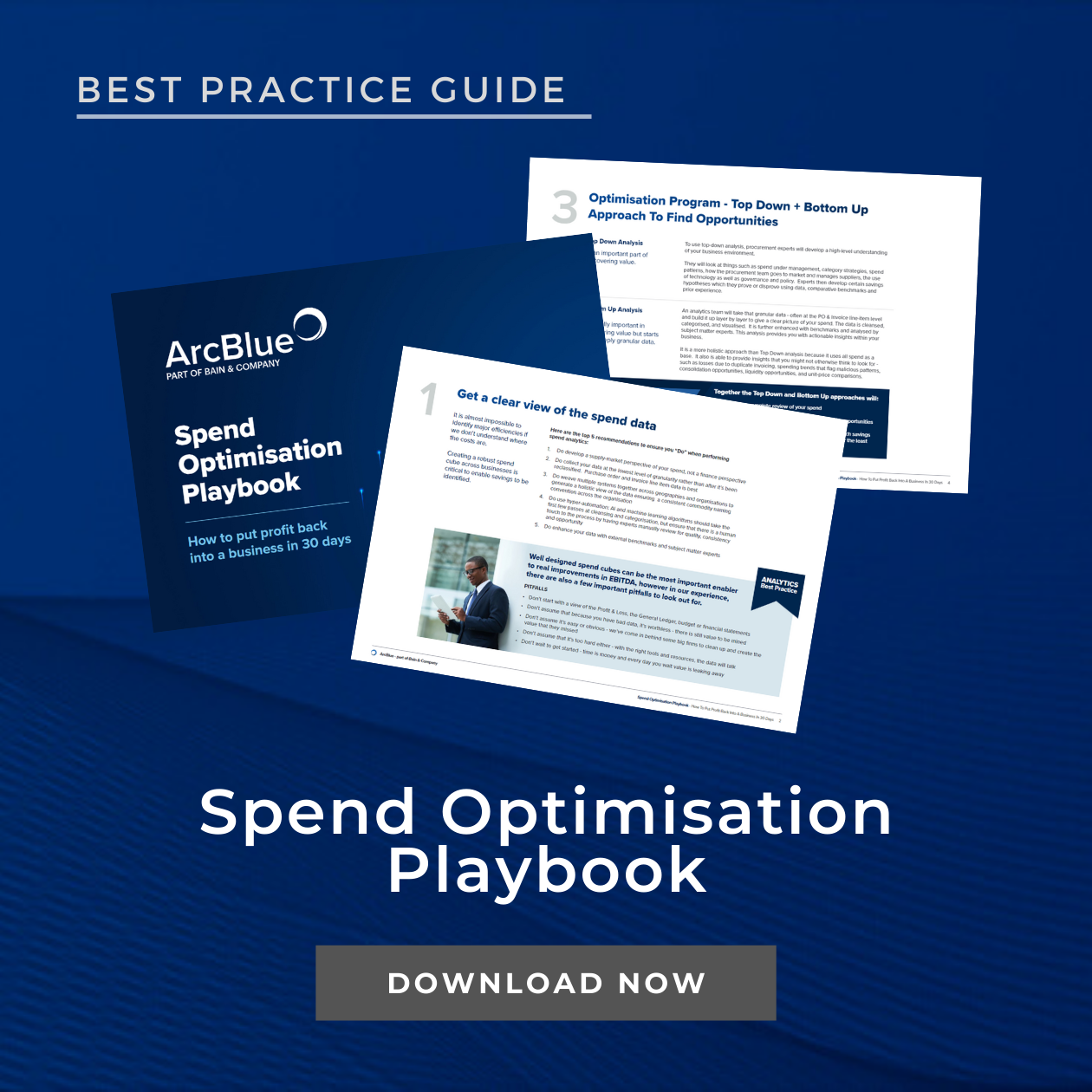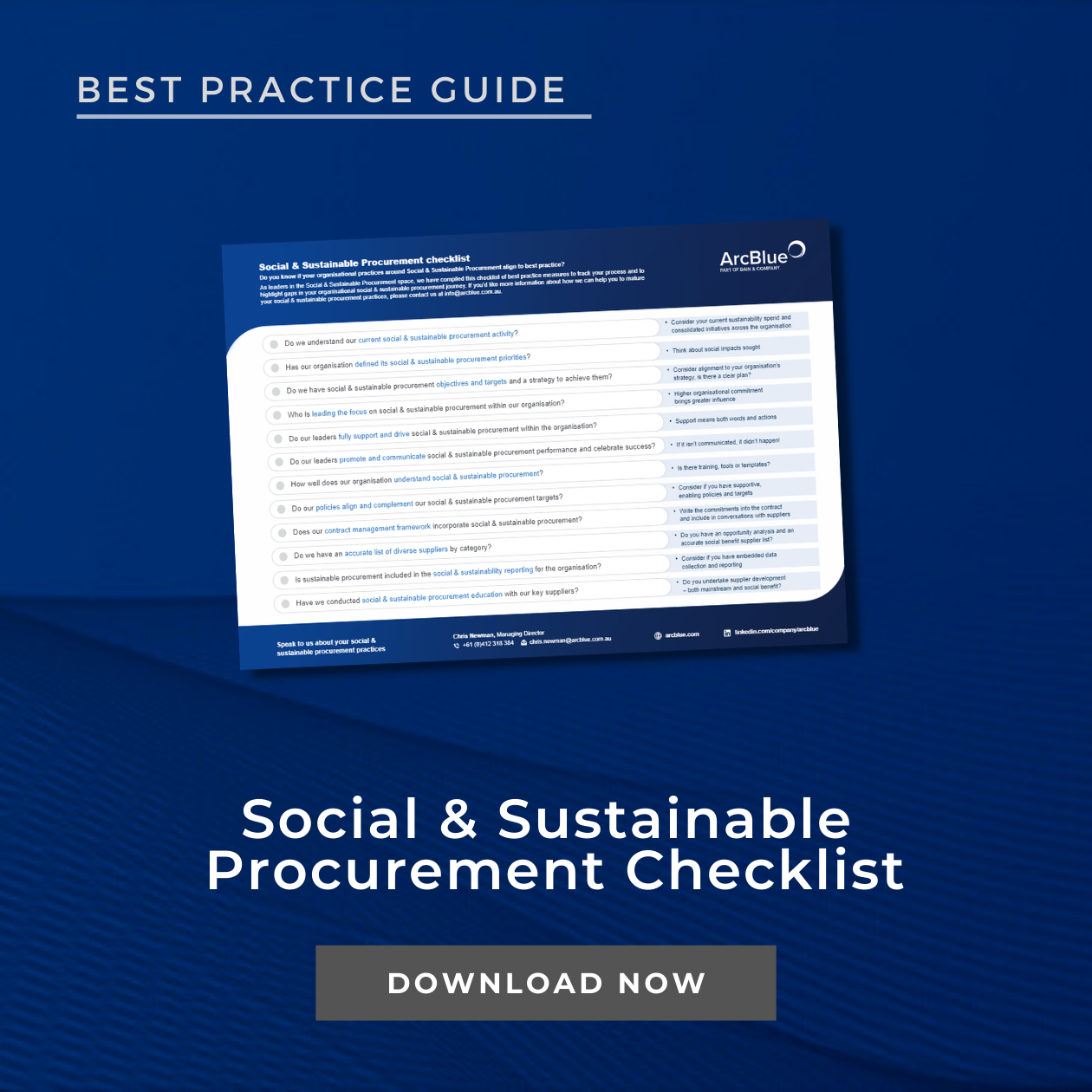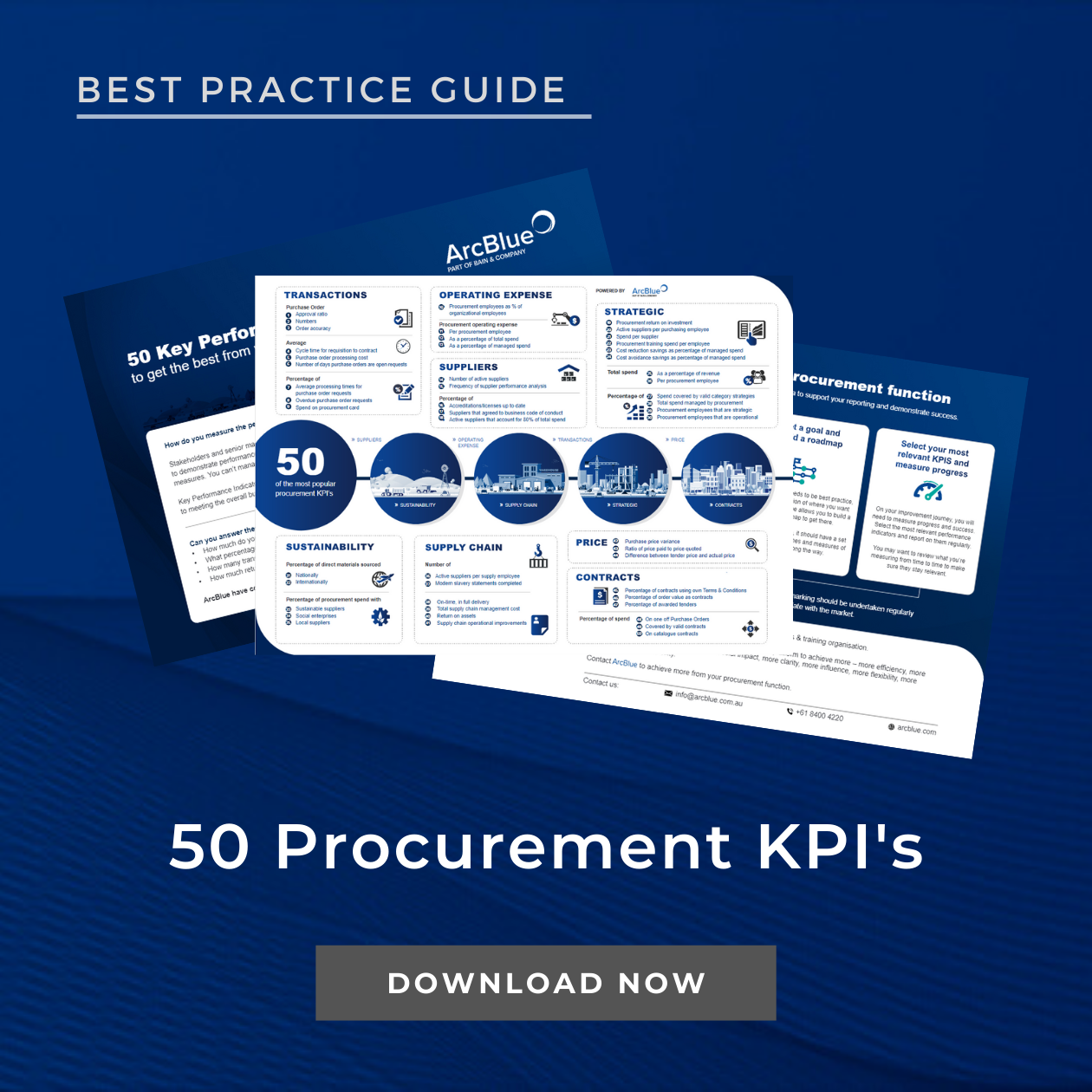- TOP 10 LIST
TOP 10:
Tips for Effective Procurement Leadership
April 2019
Leadership is not limited to the CPO, it is key to every role across the team.
Here are our Top 10 tips for growing your leadership skills which, in turn, will optimise your productivity and enhance your personal brand. This article looks at leadership in procurement, something we can all aspire to and practice at every level of a procurement function.
1 Look around you
Things that can impact you and your work are sneaking up on you! If you could see them easily, you would already be dealing with them. Lift your head up and see every direction: what’s on the horizon. To do this, you’ll need several pairs of eyes and more importantly, several different lenses!
Collect thoughts and ideas from stakeholders and cross-functional groups – they are much closer to the operations and can sometimes see the impact of your actions better.
2 Create your vision
People can only follow once you decide where to lead. Great leaders are often considered visionaries. Whilst some people are natural visionaries, others can take in their environment, influencing factors, data and expertise to show them where to head.
Collaboration is a must, but at the end of the day, you need to accumulate all you have learned and decide where you are heading.
3 Communicate your vision
Ever had a great idea but not taken anyone on the journey with you? It is a frequent criticism of individuals and leaders – having brilliant ideas but failing to communicate the vision and how to get there. This isn’t due to inability, it’s because they don’t know where to look.
It only takes a minute to paint a picture of your vision and make sure people can see where the path is. This is important for the procurement team but also with stakeholders across the business.
Make sure that everyone in your team knows how they can help and what you expect of them. Let them know their unique contribution to your task. There is no better feeling than that of being a valued part of the journey.
4 Manage by intent
You’ve communicated the vision and how to achieve it, now empower the team to deliver against it. Not only does this help with engagement and improve accountability, it also gives you more headspace to focus on other things.
If everyone knows what success looks like, they will work towards achieving it, even altering course in the face of chaos.
Managing by intent encourages flexibility, adaptation and innovation. In other words, let your team do their job, celebrate their achievements, support them when things go wrong, let them seek your help if they need it.
5 Generate momentum
We’ve all heard the expression “They’re on a roll.” When everything gets moving, it’s harder to stop. It’s much easier to nudge something altering course by a couple of degrees than it is to get it moving in the first place. If your team is off and running (in the right direction), then maintain momentum.
Stakeholders are key to this and their support is critical.
6 Provide encouragement
This might seem obvious but it is often forgotten: we, humans are a pretty basic bunch. We tend to repeat actions that are rewarded and stop things that are not. Your team may be trying new things and be a little unsure of themselves – don’t leave them in any doubt. Publicly celebrate success, and privately help them with issues. Most importantly, remember that if they are heading in the right direction, a couple of degrees either way doesn’t matter.
7 Invest in your team
If you are to give your team roles and trust them to get the job done, even through chaos, they will need to be experts. One sure way to increase people’s value and their own perception of value is to invest in them. Give them the tools they require and the knowledge they need. Most importantly, though, invest some time in your team members. Find out what matters to them, what makes them tick and make those things matter to you.
8 Choose and cultivate allies wisely
Most often in procurement, we need to work in collaboration with internal stakeholders and external suppliers. Often though we write people off as for or against us without giving any thought to how we might shift their position. Your team will appreciate it if you can remove obstacles from their path. If necessary, get people to advocate with difficult stakeholders on your behalf. Do not waste time on suppliers that don’t share common goals – they will divert a considerable amount of your team’s energy – so make sure they are heading in the same direction as you. If they share your vision, you won’t have to watch your back.
9 Let people know what they can expect of you
Once you have your own team moving in the right direction, you need to be sure that other teams can coordinate their efforts with you. Let them know what you are doing and when they can expect it to be done.
10 Be visible
One of the most important roles you can play is to promote the procurement brand internally and externally. Encourage a culture of visibility – your team should be spending time with suppliers, influencing supply markets, with their stakeholders to understand their needs and networking across the industry. Lead by example and spend time with the most senior stakeholders and suppliers.
At ArcBlue, we believe focused capability development will shape resilient procurement teams of the future. Assess & uplift skills with our Skills Assessments, our range of eLearning modules and our huge suite of specialised procurement & contract management Training Courses.
Speak to us about putting a tailored program in place to uplift the skills in your organisation.
INSIGHTS
RESOURCES & DOWNLOADS







